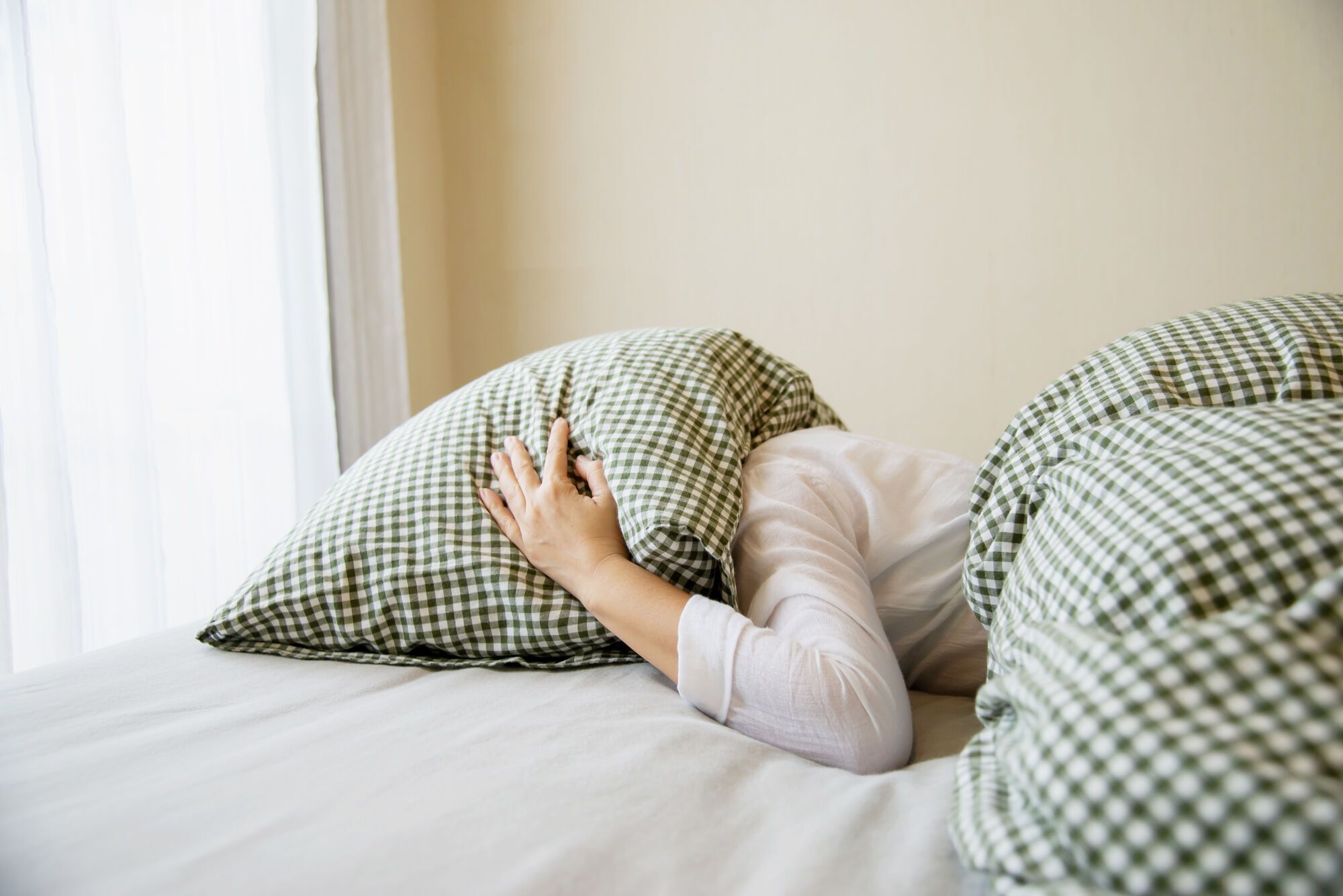News
Some dreams can predict the future: scientists stunned by the results of a new study
A new study has found that during sleep, some neurons not only recreate the recent past but also predict future experiences. This discovery is one of a number of findings from a study of sleep and learning published in Nature by a team of experts from Rice University and the University of Michigan.
The study offers an unprecedented look at how individual neurons in the hippocampus of rats stabilize and adjust spatial representations during rest periods after the animals have run a maze for the first time. In particular, the researchers tracked spiking, a pattern of neuronal activation that plays a role in consolidating new memories and marks which parts of a new experience should be stored as memories, Nature writes.
"Certain neurons fire in response to certain stimuli. Neurons in the visual cortex fire when presented with an appropriate visual stimulus. The neurons we are studying show a preference," Kamran Diba, an assistant professor of anesthesiology at Michigan and co-author of the study, told ScienceDaily.
Sleep is crucial for memory and learning: science has quantified this long-held intuition by measuring the performance of memory tests after sleep rather than after a period of wakefulness or even sleep deprivation.
A few decades ago, scientists also found that neurons in the brains of sleeping animals that were allowed to explore a new environment just before resting fired in a way that reproduced the trajectories of the animals during the exploration. This finding is consistent with the knowledge that sleep helps new experiences crystallize into stable memories, thus suggesting that the spatial representations of many of these specialized neurons in the hippocampus are stable during sleep. However, the researchers wanted to see if there was more to the story.
The researchers trained rats to run back and forth on an elevated track with liquid rewards at both ends and observed how individual neurons in the animals' hippocampi "spike" in the process. By calculating the average frequency of spikes over many laps back and forth, the researchers were able to estimate the neuronal field of location, or the area in the environment that a particular neuron "cares" about most.
"The critical point here is that the place fields are estimated based on the animal's behavior," Kamran said, emphasizing the difficulty of assessing what happens to place fields during rest periods when the animal is not physically moving through the maze.
The scientist explained that they spent a long time deciding how to assess neuronal preferences outside the maze, for example during sleep. As a result, they solved this problem by linking the activity of each individual neuron to the activity of all other neurons.
This was the key innovation of the study: the researchers developed a statistical machine learning approach that used other neurons being fired to determine where the animal dreams of being. They then used these dream positions to estimate the spatial tuning process for each neuron in their data sets.
"The ability to track neuronal preferences even without a stimulus was an important breakthrough for us," Diba admitted.
The study is an example of the advances in neuroscience that have been made possible over the past few decades by technological advances in the development of stable, high-resolution neural probes, as well as computing power supported by machine learning.
In light of these advances, Kamran said that brain science is poised to make significant progress in the future.
Only verified information is available on OBOZ.UA Telegram channel and Viber. Do not fall for fakes!




























